|
Publications: 1974-2005
Home
|
|
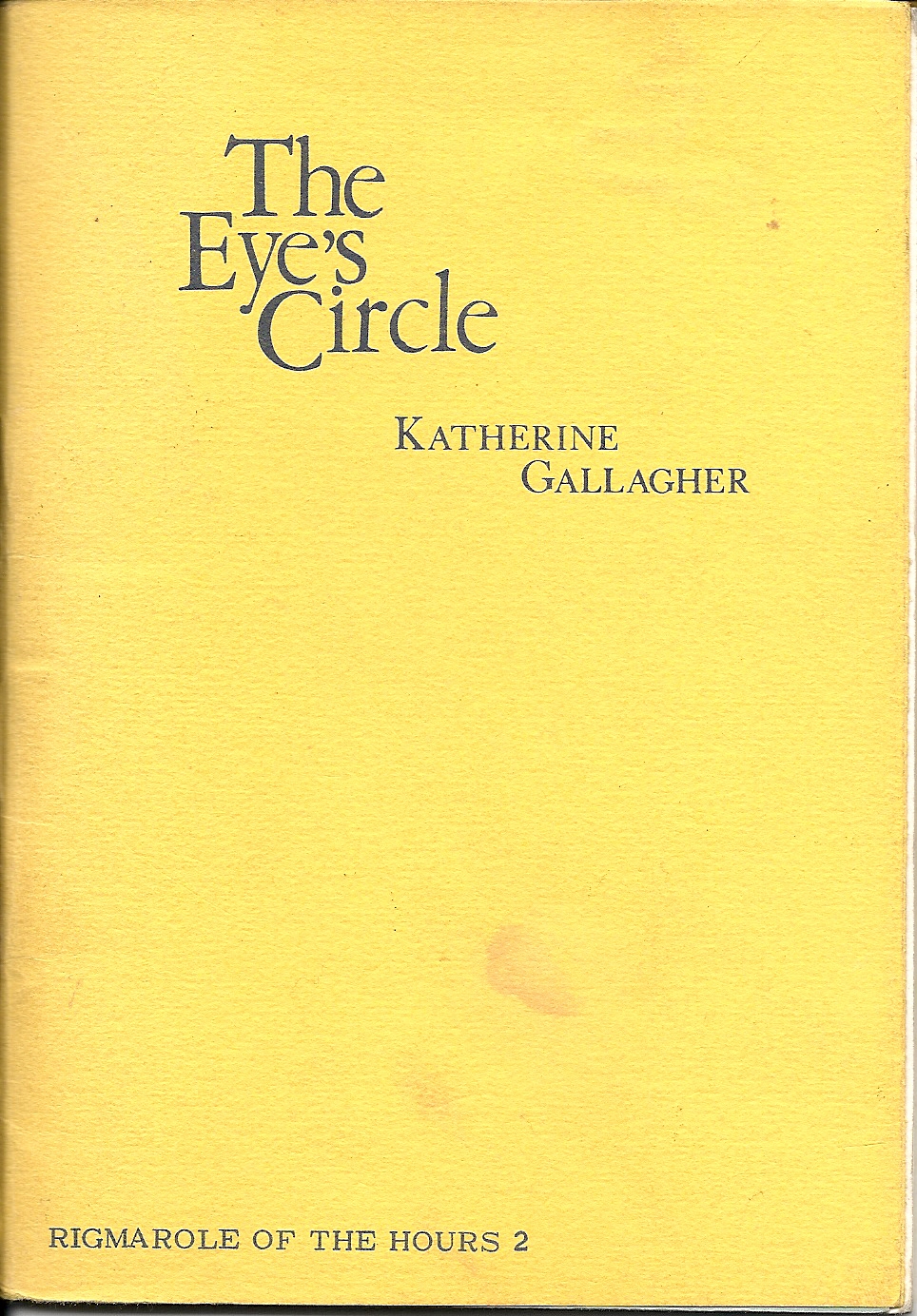 The Eye's Circle, 1974 |
The Sleepwalker with Eyes of Clay, 1994
Tributaries of the Love-song, 1978 On Shifts (Hub Editions, 1997)
Shifts is Katherine Gallagher’s first book of haiku, with lino-cuts by well-known French artist, Pierre Vella. Gallagher has been a member of the British Haiku Society since its inception in 1990. Judith Wright introduced Gallagher to haiku as part of a workshop in 1968 , Haiku has become a lifelong interest and Gallagher says it has influenced her poetry in general - her ‘way of seeing’ and use of the senses in writing. .
Katherine edited the 2010 British Haiku Society’s Members’Anthology titled Celebration – a theme chosen to commemorate the 20th birthday of the BHS. From the editorial: ‘Celebration’ is a way of seeing and there is so much to be celebrated on our planet, which in spite of everything, remains stunningly beautiful. We can capture some of that beauty in haiku, what R.H. Blyth calls ‘the poetry of the seasons’. Translation: On The Sleepwalker with Eyes of Clay ( Le Somnambule aux Yeux d’Argile), poems by Jean-Jacques Celly (1994, Translated by Katherine Gallagher with an Introduction by Peter Florence)
“Celly’s French is straightforward and declarative . . .; Gallagher’s translation is similarly straightforward, unfussy, and, I think, successful, especially in allowing the English reader to see into what Peter Florence calls Celly’s ‘fantastic and terrible long night’s journey into the Millennium’. . . Gallagher’s translation is good enough for this reader to feel that the poem she has come up with might almost be an English original.”
“This is not an easy book to enter, but is well worth the trouble. Katherine Gallagher’s translation is lucid, and admirably preserves the spirit of the French original. . .”
“Finally, in the last, fiftieth poem, the sleepwalker ‘wakes at the edge/of the saw-dust arena and morning/stands out on all eyes.’ The circus, its ‘ancient empire,’ sinks into its own circle, and he has finished his dream.
Katherine Gallagher, an Australian and a poet herself, has risen magnificently to the challenge of a difficult work, the translation is faithful but a poem in its own right as all good translations should be. She has assured a lasting version of an important book.” On Fish-rings on Water:
“The poems in Katherine Gallagher’s collection – her first in the U.K., though she has threeprevious collectionos iin her homeland – have a strong sense of place, most vividly, that of her native Australia. But, perhaps because of this, they are also scrupulously aware of the precarious nature of transition. . .In each case, the transition is as much mental as physical. And it is this recognition of becoming, that precariousness most manifests itself. . .This is a strong, attractive collection, with a sure and immediate touch.”
“As a poet, Ms Gallagher endows passionate concerns with the distancing of an intelligence that is almost sardonic in its refusal to expect too much. . . A kind of serene candour about even life’s big momoents gives so many of her poems both an originality and an earthiness which is endearing for being soi insistently clear-eyed. . “
“(The title, Fish-rings on Water) suggests an emergence from the unconscious depths to surface perception, the mystery beneath the appearance of things. The forms and energies of nature are linked with human feeling as in ‘Alone on a Beach’ where in the company of lovers, one insistent wave seems ‘a hot tongue licking stone’ . . .”
“what poets will be seeking is a distillation of the wider world, a sense of packed feeling, of much contained in a little, and that the words chosen will make a memorable shape n their own right. Katherine Gallagher’s poetry obeys just these precepts, in that it is never otiose, does not harangue or burden its reader with piles of confirming evidence. No nail is driven in further than it need be. But these are its negative virtues. The positive ones come from truth, firstly to the limbs of language, and secondly to the emotions which words have been summoned to support. We all write and read poetry to project and recall heightened states of feeling, though, we hope, not incoherent ones. Gallagher’s poetry is full of measured pain and well-timed pleasure
. . . .Memory goes back to the pioneer days of the nineteenth century in Australia but life leans forward to urban and family affairs in the post-nuclear decades. . . On Tributaries of the Love-Song Tributaries of the Love-Song (Angus & Robertson, Poets of the Month Series 4, No.2, 1978, ed. Rodney Hall). Series 4 featured Katherine Gallagher’s pamphlet among others by Patricia Michell, V. Glen Washburn, Vivian Smith, Barbara Giles and Jennifer Maiden. Earlier Series had featured a variety of Australian poets, including John Manifold, Andrew Taylor, Chris Wallace-Crabbe, James McAuley, John Forbes, Thomas Shapcott and John Tranter. “. . .clear perception of some problems of the woman who in ‘Liberation’ says:
On The Eye’s Circle (Rigmarole of the Hours 2) The Eye’s Circle is Katherine Gallagher’s first published collection – a 32 page chapbook published in the Rigmarole of the Hours Series 2, by Ragman Productions, Melbourne, 1974., (ed. Robert Kenny). Some of the poems had appeared in the following publications: Contempa, New Poetry, The Ear in a Wheatfield, Applestealers. This issue was limited to 250 numbered copies, the first 50 being signed by the author. The Eye’s Circle was written around the idea of the ‘eye’ as a persona.
(From The Eye’s Circle, p.15, © Katherine Gallagher 1974)
“delicacy and strength” |
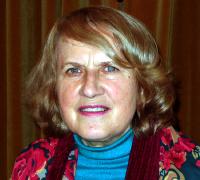 |

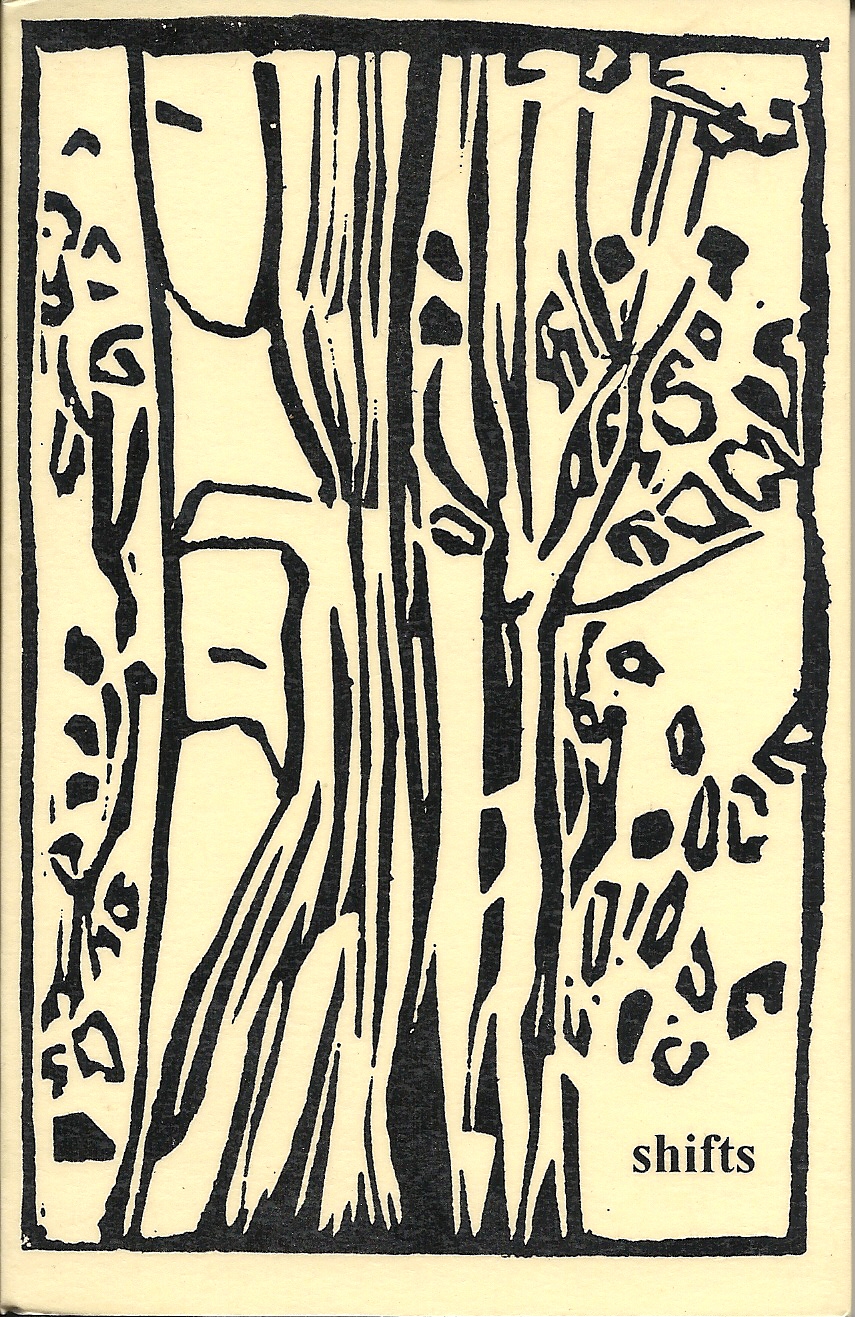
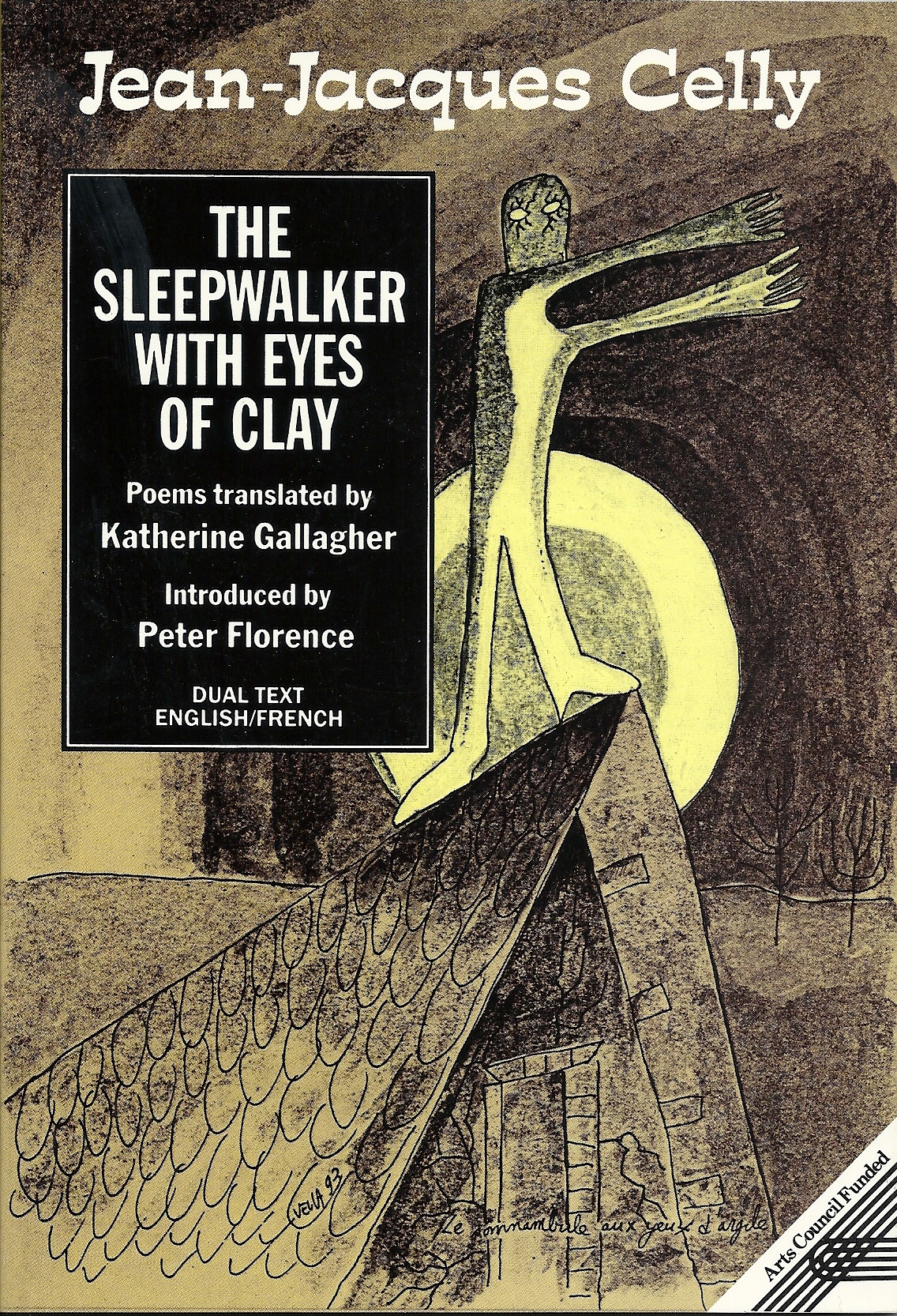
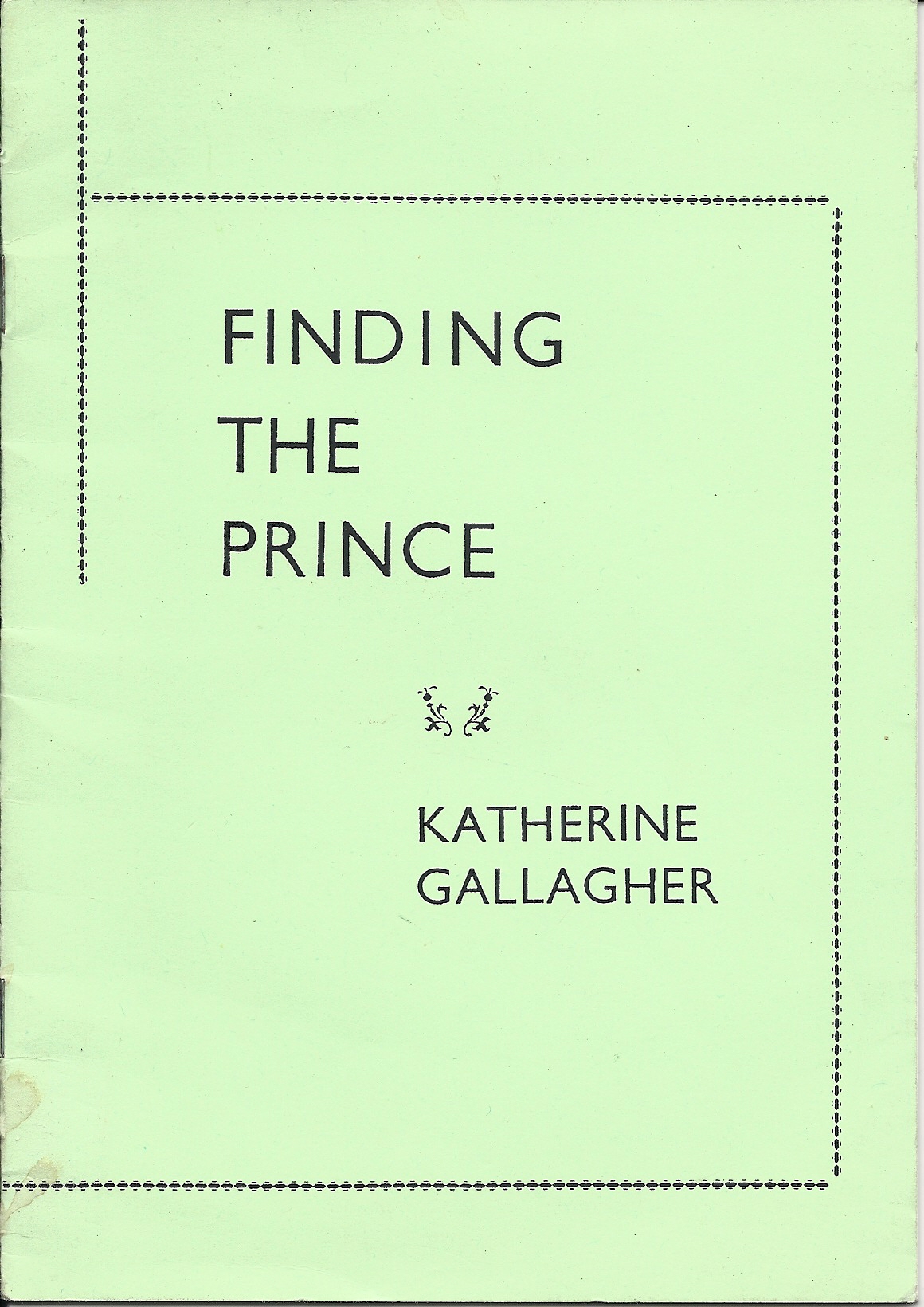
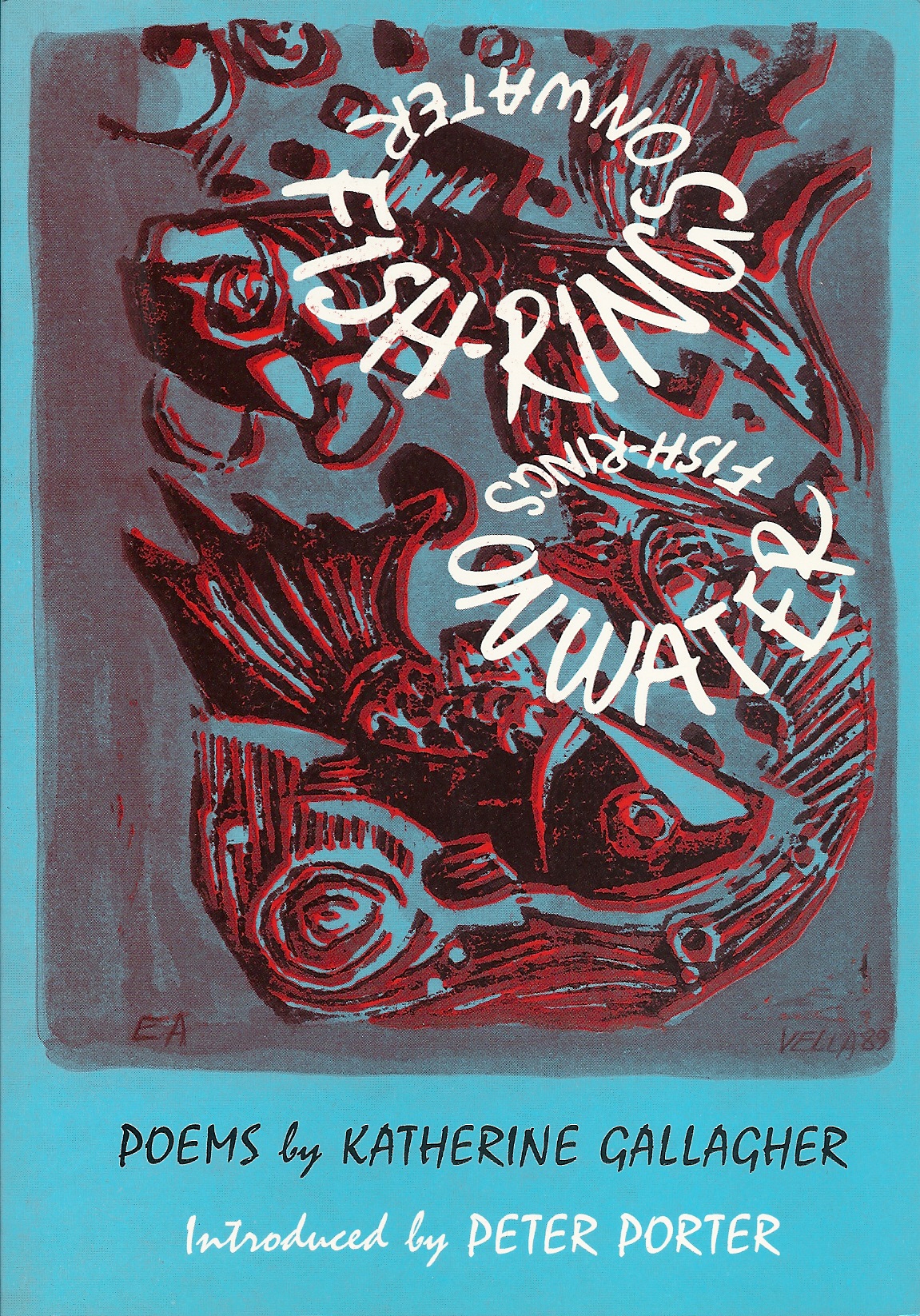

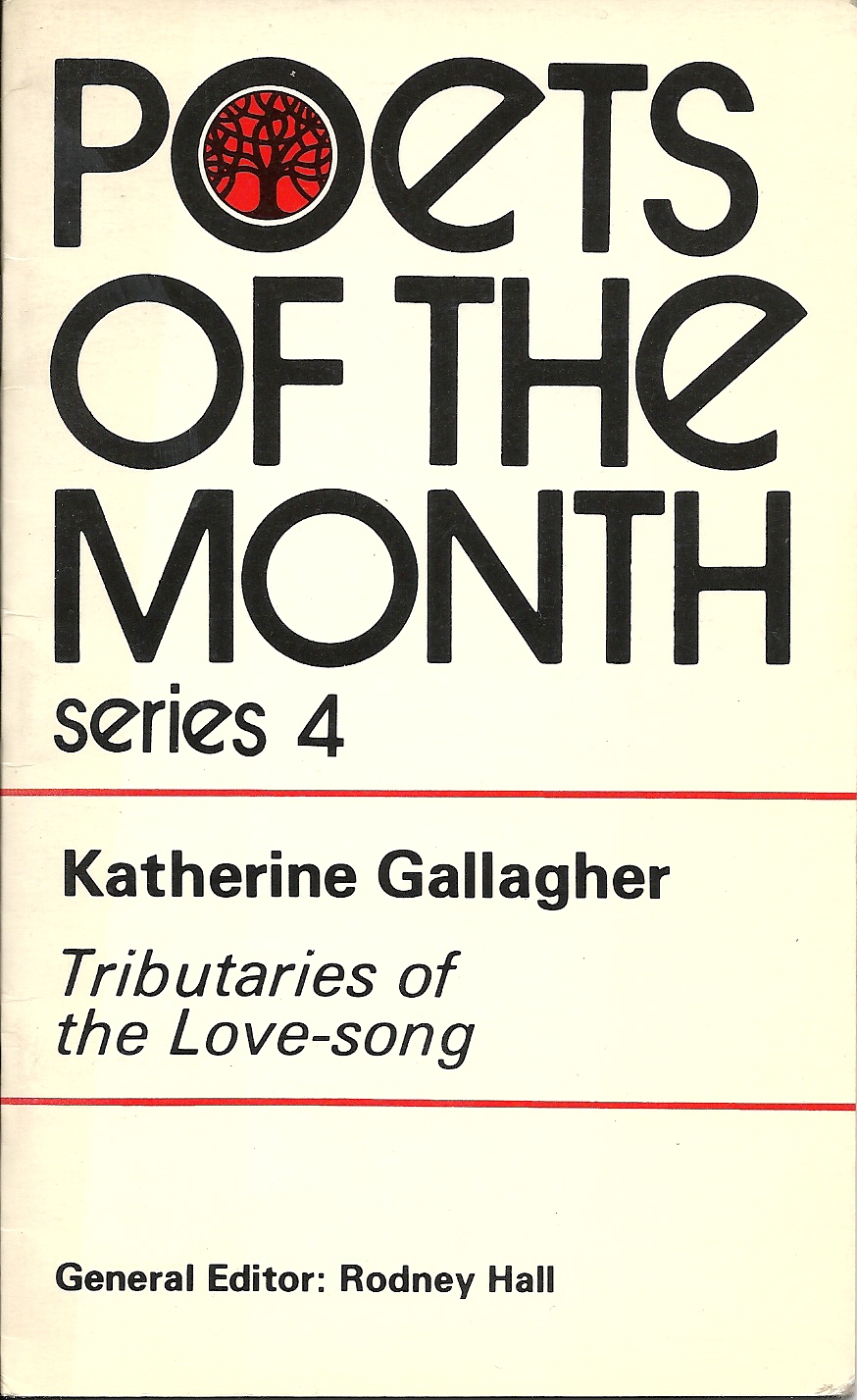
 carries it
carries it